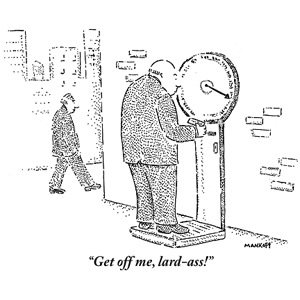On
December 17, 2001, fourteen-year-old Marissa Imrie, a petite and
attractive straight-A student who had planned to become a psychiatrist,
left her second-period class at Santa Rosa High School, took a
hundredand-fifty-dollar taxi ride to the Golden Gate, and jumped to her
death. Though Marissa was always very hard on herself and had lately
complained of severe headaches and insomnia, her mother, Renée Milligan,
had no inkling of her plans. “She called us ‘the glue girls,’ we were
so close,” Milligan told me. “She’d never spoken about the bridge, and
we’d never even visited it.”
When Milligan examined her daughter’s computer afterward, she
discovered that Marissa had been visiting a how-to Web site about
suicide that featured grisly autopsy photos. The site notes that many
suicide methods are ineffective (poison is fatal only fifteen per cent
of the time, drug overdose twelve per cent, and wrist cutting a mere
five per cent) and therefore recommends bridges, noting that “jumps from
higher than . . . 250 feet over water are almost always fatal.”
Milligan bought the proprietor of the site’s book, “Suicide and
Attempted Suicide,” and read the following sentence: “The Golden Gate
Bridge is to suicides what Niagara Falls is to honeymooners.” She
returned the book and gave the computer away.Every year, Marissa had written her mother a Christmas letter reflecting on the year’s events. On Christmas Day that year, Milligan, going through her daughter’s things, found her suicide note. It was tucked into “The Chronicles of Narnia,” which sat beside a copy of “Seven Habits of Highly Effective Teenagers.” The note ended with a plea: “Please forgive me. Don’t shut yourselves off from the world. Everyone is better off without this fat, disgusting, boring girl. Move on.”
Renée Milligan could not. “When I went to my optometrist, I realized he has big pictures of the Golden Gate in his office, and I had to walk out,” she said. “The image of the bridge is everywhere. San Francisco is the Golden Gate Bridge—I can’t escape it.” Milligan recently filed a wrongful-death lawsuit on behalf of her daughter’s estate against the Golden Gate Bridge District and the bridge’s board of directors, seeking to require them to put up a barrier. Her suit charges, “Through their acts and omissions Defendants have authorized, encouraged, and condoned government-assisted suicide.” Three previous lawsuits against the bridge by the parents of suicides have all been dismissed, and the bridge officials’ reply to Milligan’s suit lays out their standard defense: “Plaintiffs’ injuries, if any, were the result of Plaintiffs’ own actions (contributory negligence).” Furthermore, the reply says, “plaintiffs cannot show that Ms. Imrie used the property with due care for the purposes it was designed.”


No comments:
Post a Comment